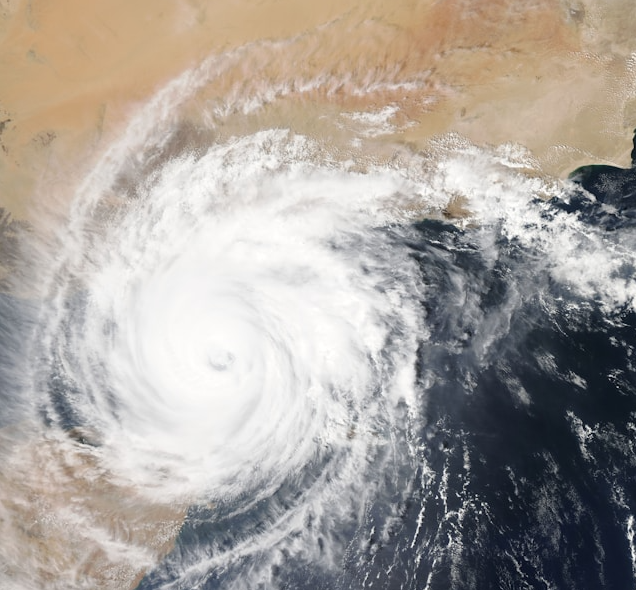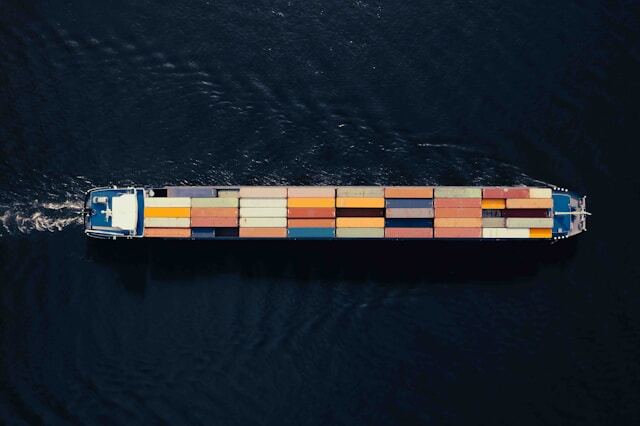Measuring Impact in Supply-Chains: Where to Begin?
For most organisations, the largest impacts on nature occur not within their own operations but across their upstream supply chains. Yet many are...
2 min read
 Dr Rhosanna Jenkins
:
24 Jun, 2025
Dr Rhosanna Jenkins
:
24 Jun, 2025

Nature-related risks in supply chains are increasingly recognised as material threats to business stability and reputation. For most companies the greatest exposure to nature risks comes through their supply chains.
Both CSRD and TNFD emphasise the importance of supply chain transparency, including mapping upstream sourcing. However, assessing supplier-level risks, such as ecosystem degradation, water stress, or biodiversity loss, remains challenging due to limited data availability.
Companies should be aware of two key categories of nature-related risks:
Physical risks: arising from the degradation of natural systems.
Transition risks: emerging from policy, market or societal shifts as we move towards a nature-positive economy.
This blog focuses on physical risks, the more direct and often immediate threats.
Physical risks develop from the physical degradation of nature. They can be either acute or chronic. Acute risks are sudden, discrete, and very destructive, such as floods, disease outbreaks or wildfires.
Chronic risks develop more gradually, such as shifts in precipitation patterns or declines in species populations and soil quality. Many physical nature-related risks are exacerbated by climate change. Physical risks become financially material when they disrupt the ecosystem services that a business or its supply chain depends on.
Let’s take agricultural supply chains as an example. Many agricultural commodities are highly dependent on a variety of ecosystem services: reliable rainfall, fertile soils and pollination by animals. As a result, growers face physical risks such as changing rainfall patterns, soil degradation, and declining pollinator populations, leading to reduced yields, higher input costs, and supply disruptions.
The extent to which an agricultural commodity is dependent on ecosystem services doesn’t really vary between growing regions, but the exposure to physical risks can vary hugely.
Similarly, supply chains involving mined and quarried materials are vulnerable. Extracting raw materials from the ground can require a huge volume of water. If you are sourcing from an area exposed to increasing water stress, you may face supply disruptions or increased cost associated with those mined commodities.
At Natcap, we assess supply chain risks by pairing the demand of a commodity for particular ecosystem services, with the supply of those ecosystem services at the sourcing location. For example, a crop’s tolerance of poor soil conditions can be paired with data on soil health in the region.
As explored in our earlier post on Bridging the Nature Data Gap in Global Supply Chains, knowing where commodities in your supply chain have been produced or extracted is essential when identifying and prioritising supply chain risks.

For most organisations, the largest impacts on nature occur not within their own operations but across their upstream supply chains. Yet many are...

This webinar, hosted by Natcap, explores the intricacies of data selection for assessing nature-related risks and opportunities. The discussion...

The UN Biodiversity Conference (COP16) in Cali, Colombia, marked a significant shift in how businesses engage with nature and biodiversity. We...